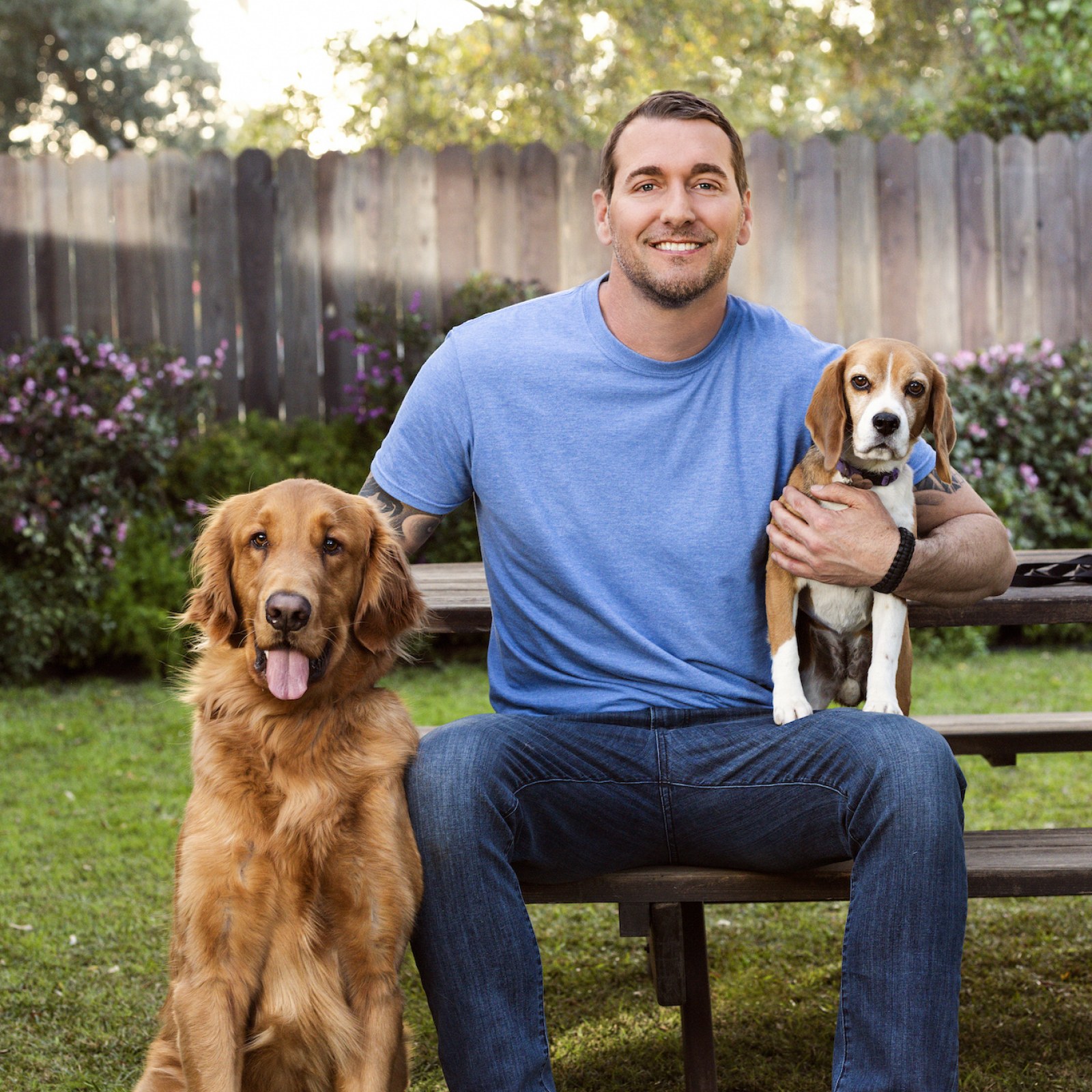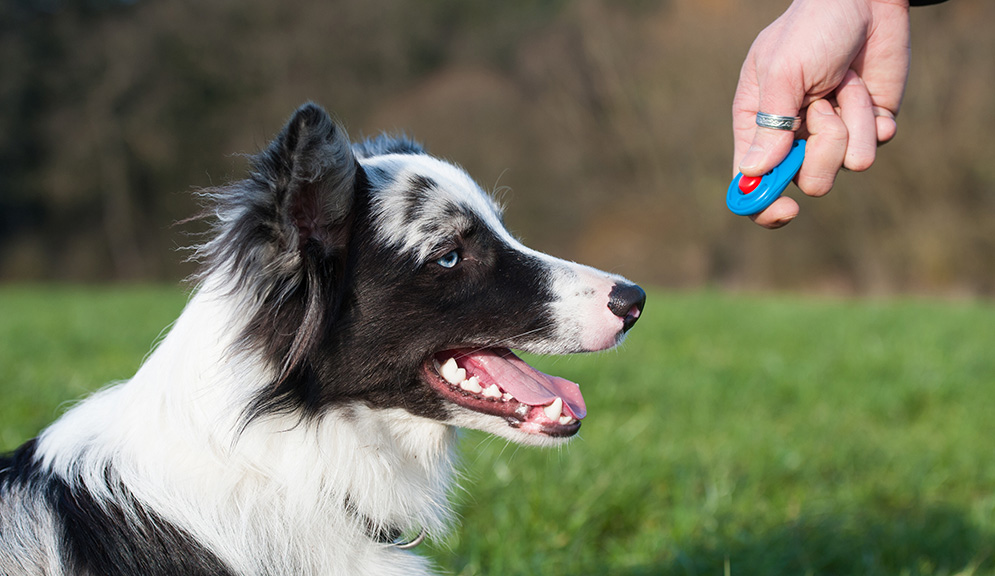How to Pick the Right Method for Effective Dog Training
How to Pick the Right Method for Effective Dog Training
Blog Article
Necessary Tips for Successful Dog Training: An Overview for Pet Owners
Efficient canine training is a multifaceted process that requires a strategic technique tailored to both the animal's personality and the owner's purposes. Secret parts such as establishing consistent commands, using positive support, and helping with very early socialization play critical functions in fostering a well-adjusted canine friend. Many family pet owners run into difficulties that can prevent progression, leading to frustration and uncertainty. Recognizing how to browse these challenges can considerably improve the training experience, eventually transforming the relationship between owner and pet dog. What are the crucial strategies that can be utilized to guarantee success in this endeavor?
Comprehending Dog Habits
Understanding pet habits is important for efficient training and fostering a harmonious connection in between dogs and their owners. Canines communicate mainly via body language, vocalizations, and activities, making it essential for owners to translate these signals precisely. Recognizing a pet dog's position, tail setting, and ear positioning can supply understandings into its psychological state. A wagging tail does not always indicate joy; it can additionally indicate excitement or anxiety.

Socializing plays a considerable role in canine habits; exposure to numerous atmospheres, individuals, and various other animals can dramatically influence a dog's personality. Variables such as breed features and specific character ought to assist training methods, as some types might have specific behavior attributes that demand tailored methods. By recognizing these aspects, owners can create a helpful setting that urges positive actions, leading to successful training results and a deeper bond with their family pets.
Establishing Regular Commands
Effective communication with your pet dog begins with developing regular commands. This foundational aspect of training is crucial for cultivating understanding between you and your animal. Consistency in the commands you utilize makes sure that your pet dog can reliably associate particular words or expressions with the desired actions.
When choosing commands, pick clear, unique words that are very easy to separate and state from one another. Stay clear of making use of similar-sounding commands that might puzzle your pet. Using "sit" and "remain" is ideal, but "sit" and "struck" could lead to misunderstandings.
Furthermore, preserve the very same tone and quantity for every command. Canines are sensitive to vocal cues, so differing your tone can create confusion.
It is just as important to make certain that all member of the family are on the very same web page concerning the commands made use of. A united front in command usage will protect against combined signals and reinforce the knowing procedure.
Favorable Support Methods
The power of favorable reinforcement in pet training lies in its ability to encourage wanted behaviors via benefits and appreciation. This method is based in the concept that behaviors complied with by beneficial results are most likely to be repeated. By including favorable support right into your training program, you can efficiently form your pet's behavior in a positive way.
To carry out favorable support, it's vital to determine what encourages your pet, whether it be deals with, toys, or verbal praise. When your dog carries out a preferred activity, such as resting on command, immediately compensate them with a treat or love. This association in between the command and the positive result strengthens their understanding.
It's essential to timing the rewards properly; supplying the support within seconds of the desired habits helps your dog make the connection (dog training). Furthermore, consistency is key-- make sure that all household participants use the exact same commands and incentive systems to prevent confusion

Progressively, you can decrease the frequency of deals with as your dog finds out the actions, transitioning to commend or intermittent incentives. This method not only cultivates a strong bond in between you and your pet however additionally advertises a positive knowing setting, making educating a pleasurable experience for both.
Socialization and Communication
Consistently revealing your canine to a range of atmospheres, individuals, and other pets is important for their social growth. Socialization should start early, ideally throughout the crucial window of 3 to 14 weeks, when young puppies are most responsive to new experiences. Older pets can additionally profit from ongoing socialization efforts.
Present your pet dog to various settings, such as parks, pet-friendly shops, and metropolitan areas. This direct exposure helps them adjust to numerous stimuli, minimizing stress and anxiety and fear actions. Urge favorable communications with various other pet dogs and people, ensuring that these encounters are regulated and safe to foster confidence.
Make use of organized playdates with courteous canines, as this can boost your pet dog's social skills and educate them suitable habits. Obedience classes and training sessions also offer excellent opportunities for socializing, allowing your pet to communicate with others in a monitored atmosphere.
Monitor your pet dog's body movement throughout communications, as this will certainly assist you assess their convenience level. Gradually raise direct exposure to more difficult scenarios while making certain that each experience declares. A well-socialized pet dog is more probable to display well balanced actions, making them a joy to have in any type of setting.
Attending To Typical Training Difficulties
Every pet owner will come across training difficulties eventually, despite their canine's age or socialization degree. Determining usual issues such as stubbornness, interruptions, and terror can assist in establishing effective strategies for improvement.

Progressively visit site present diversions as the pet comes to be much more efficient in commands. Short, frequent training sessions are also efficient go in preserving attention.
Fearfulness can hinder a pet's discovering procedure. Gradual desensitization to the resource of worry, coupled with favorable reinforcement, can assist minimize anxiety. Persistence is essential; never ever require a pet dog right into a circumstance that creates distress, as this may worsen the issue.
Inevitably, understanding and attending to these common difficulties with a structured technique will promote a more productive training experience, strengthening the bond in between dog and owner while promoting efficient knowing.
Final Thought
In summary, effective canine training counts on a thorough understanding of canine habits, the establishment of constant commands, and the application of favorable reinforcement techniques. Socialization plays an essential function in establishing well-adjusted animals, while addressing common training obstacles calls for perseverance and versatility. By executing these vital approaches, pet dog proprietors can cultivate a strong bond with their pet dogs and promote desirable behaviors, eventually causing a harmonious relationship in between human beings and their canine buddies.
Recognizing canine behavior is essential for reliable training and promoting an unified connection between pooches and their owners.Socializing plays a substantial duty in dog behavior; exposure to numerous environments, individuals, and various other animals can significantly influence a pet's character.The power of positive reinforcement in canine training exists in its ability to encourage wanted habits via incentives and appreciation. By including positive reinforcement into your training regimen, you can properly shape your pet dog's actions in a knockout post a constructive way.
In recap, successful pet dog training depends on an extensive understanding of canine habits, the facility of consistent commands, and the application of favorable reinforcement strategies.
Report this page